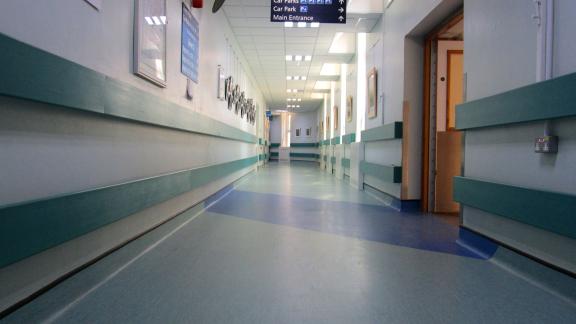Waiting lists rise despite NHS hard work leading to emergency care improvements

- On average, 16,162 resident doctors were absent from work as a result of industrial action per day;
- Over the 5 days, 6,420 inpatient procedures were rescheduled and 47,675 outpatient appointments were rescheduled;
- Staff absence due to industrial action was lower during this latest round than in June 2024;
- The total waiting list for procedures and appointments has increased to 7.37 million in June, up from 7.36 million in May;
- The proportion of people waiting less than 18 weeks for care stood at 61.5% in June - this is higher than 60.9% in May (May was the highest level since 2022 but below the target of 65% for this financial year);
- 76.4% of patients were admitted, transferred or discharged from A&E departments within four hours in July, up on the 75.5% in June;
- There were 2.41 million attendances at A&Es across England in July, compared with 2.35 million in June;
- Category 2 ambulance average response time for July was 28 minutes and 40 seconds against the thirty-minute target for 2024/25. This is better than June when it was 29 minutes and 37 seconds, and better than in July 2024 when it was 33 minutes and 24 seconds.
Responding to the latest NHS performance figures and industrial action data, Rory Deighton, acute director at the NHS Confederation, said:
“These new figures show that NHS leaders and their teams have left no stone unturned to treat patients and keep services open in the face of continuing high demand and a fresh round of industrial action from resident doctors.
“This has been possible with lower staff absence during this round of strike action than in June 2024. As in previous rounds of strike action by resident doctors, consultants have stepped in to cover rotas often making quicker decisions to admit or discharge patients which has helped ease both demand on urgent and emergency care and the flow of patients throughout hospitals.
“But the real impact of this further industrial action will be seen on elective care. Although the NHS has worked hard to minimise cancelled appointments, a slow down in the reduction of waiting list numbers is still anticipated. It is disappointing that despite the hard work of NHS leaders and their teams to deliver more treatments than in previous years, the waiting list has still increased slightly. Increasing productivity is going to be vital if the NHS is going to bring down waiting lists long term, and our members tell us that additional capital funding will be key to unlocking that potential.
“Emergency department teams managed to reduce bottlenecks and free up beds to improve performance against the four-hour target despite having one of the busiest months on record. Category two response times were faster last month, which has eased pressure on wider urgent and emergency care services and enabled quicker triage and treatment for patients.
“But while there are some promising signs, health service leaders are under no illusion how far there is to go to tackle the backlog, bring down waiting lists, improve productivity and hit the government’s 18 week target.”



